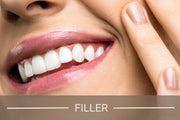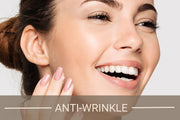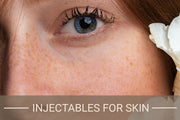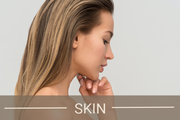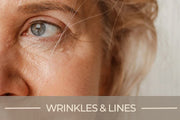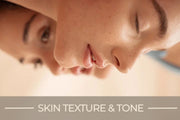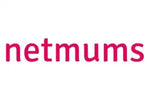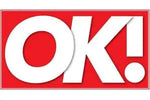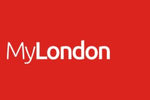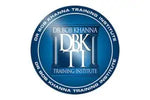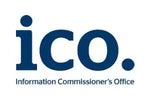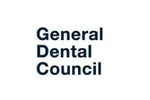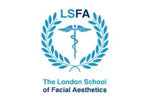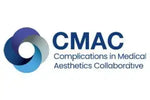Baby Botox vs Botox: Key Differences and Benefits
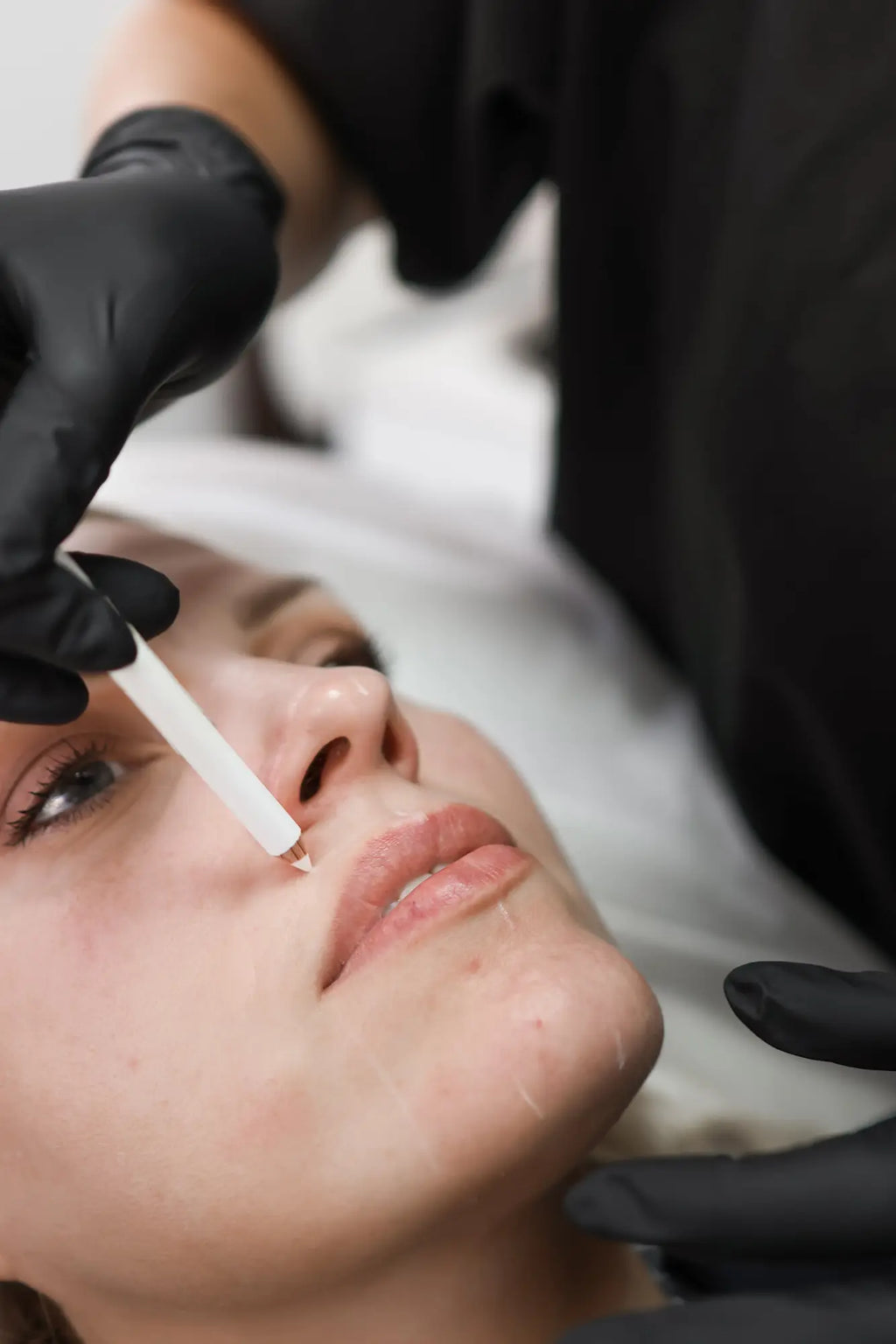
Content Verification
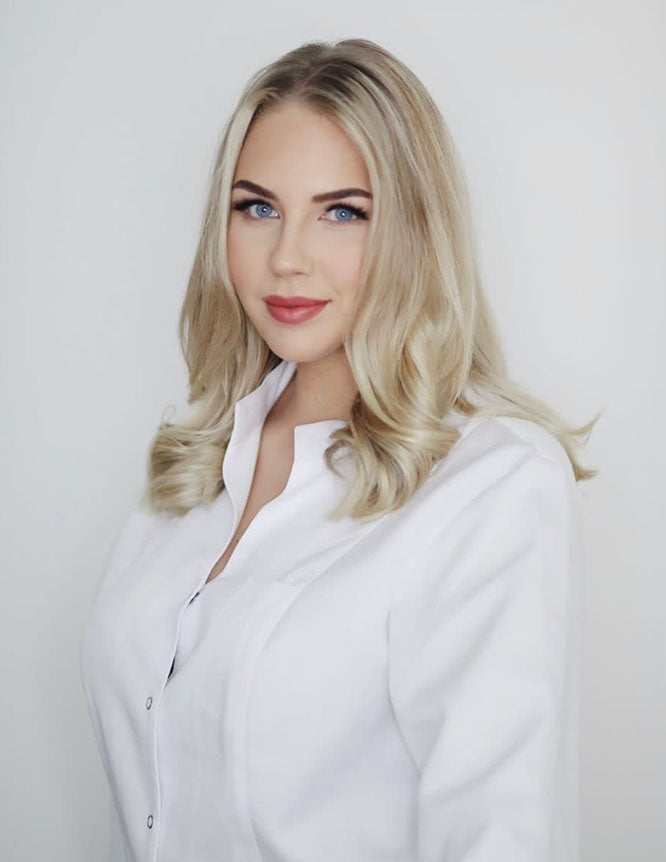
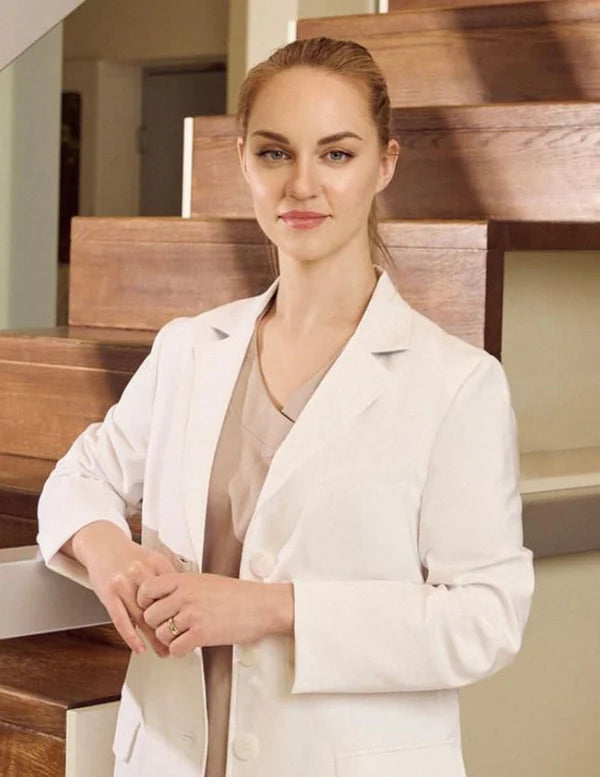

✨ Baby Botox vs Botox: The Short & Sweet Version ✨
- 👶 Baby Botox uses lower doses for subtle, natural results
- 🧴 Great for first-timers or those wanting a softer touch
- 💉 Traditional Botox offers stronger wrinkle reduction and muscle freezing
- ⏳ Baby Botox may wear off a bit quicker – but still keeps things smooth
- 🧑⚕️ The right choice depends on your goals and your practitioner’s advice
💡 Top Tips from Our Experts 💡
- 🗓️ Book your appointment 2 weeks before an event to allow results to settle
- 🧼 Keep your skin clean and makeup-free on treatment day
- 🚫 Avoid heavy workouts, alcohol, or lying down for 4–6 hours post-treatment
- 💬 Chat openly with your practitioner about what you're hoping to achieve
- 🌟 Baby Botox is a great ‘entry-level’ choice if you want to keep it subtle
Cosmetic injectables like Botox are widely used in the UK to soften wrinkles and rejuvenate facial appearance. Recently, Baby Botox has gained popularity as a subtle alternative to traditional Botox, particularly among younger patients. While both treatments use the same substance, the technique, dosage, and results can vary significantly.
This article explains the key differences between Baby Botox and Botox, including how each works and who they suit. You’ll learn about treatment goals, expected results, and how to choose the right option for your needs. We’ll compare dosage, longevity, side effects, and benefits, using medically accurate, easy-to-understand language.
By the end, you’ll have a clear understanding of which treatment—Baby Botox or regular Botox—best supports your aesthetic goals and natural facial movement.
What Is Botox?
Botox has been widely used in aesthetic medicine for decades to reduce the appearance of facial lines and wrinkles. It is a prescription-only treatment commonly used across the UK by medical professionals.
Botox is a neuromodulator derived from botulinum toxin type A. It works by temporarily relaxing specific muscles in the face, helping to soften dynamic wrinkles caused by repeated facial movements.
“Botox, when used correctly by qualified practitioners, can help interrupt the signals between nerves and muscles, reducing the activity that causes expression lines,” explains Dr Laura Geige, Medical Director and Skin Expert at It’s Me & You Clinic. “It does not erase wrinkles but can minimise their appearance for a more rested and refreshed look.”
Most Botox treatments target the forehead, frown lines between the eyebrows, and crow’s feet around the eyes. These are typically areas where movement contributes most to visible signs of ageing.
Results from a traditional Botox treatment usually start appearing within a few days, with full effect visible by two weeks. The results are temporary, typically lasting around three to four months depending on individual factors such as metabolism, lifestyle, and muscle strength.
What Is Baby Botox?
Baby Botox is a technique that uses smaller, more precise doses of botulinum toxin for a subtler aesthetic result. Though the substance is the same as traditional Botox, the approach and goals of treatment are often different.
Rather than fully freezing muscle movement, Baby Botox aims to preserve natural facial expressions while softening fine lines. This technique is often referred to as micro Botox or a mini Botox treatment due to the reduced volume of product used.
“Baby Botox can be ideal for those who are just starting cosmetic treatments or want to prevent lines from deepening,” says Dr Giedre Narkiene, a medical doctor specialising in dermatology. “It’s especially popular with younger adults who prefer minimal intervention but still want to maintain skin smoothness.”
This type of subtle Botoxis commonly applied to areas such as the forehead, frown lines, and around the eyes, similar to traditional Botox. However, the intention is to achieve a light-touch effect, rather than complete muscle relaxation.
Preventative Botox has become increasingly sought after in the UK, particularly by people in their 20s and 30s looking to delay the development of deeper lines without altering their natural expressions.
Baby Botox vs Botox: Key Differences
Many patients ask, “What is the difference between Baby Botox and regular Botox?” While both treatments use the same active substance, the way they’re administered sets them apart. Understanding the distinctions in dosage, results, and longevity can help you make an informed decision.
The most noticeable difference lies in dosage and intensity. Baby Botox uses smaller amounts of product, often placed more precisely across the treatment area. Traditional Botox typically involves a higher dosage for more noticeable muscle relaxation.
“Baby Botox generally allows more facial movement, resulting in a softer and more natural appearance,” explains Dr Snieguole Geige, Dentist and Medical Doctor. “Standard Botox tends to provide a stronger effect, which can be more suitable for deep-set wrinkles.”
When it comes to longevity, both treatments are temporary. However, Baby Botox may wear off slightly quicker—often around 2 to 3 months—whereas traditional Botox can last closer to 3 to 4 months. Treatment frequency may therefore be higher for Baby Botox.
In terms of cost, Baby Botox may not always be less expensive, as more frequent sessions can offset the lower product use. The natural vs. dramatic effect is a key deciding factor: Baby Botox is often chosen for a refined, low-intervention look, while traditional Botox may better suit those seeking more visible smoothing of lines.
Benefits of Baby Botox
One of the main reasons patients choose Baby Botox is the desire for a more natural, subtle look. This technique allows facial expressions to remain largely unaffected while still softening fine lines.
Unlike higher-dose treatments, Baby Botox carries a lower risk of the so-called “frozen face” effect. The reduced product quantity and targeted application make it less likely to restrict everyday facial movement.
“Patients often want to appear refreshed without looking like they’ve had anything done,” says Dr Laura Geige. “Baby Botox offers subtle improvements that maintain expression and facial identity, especially for those who are new to aesthetic treatments.”
Baby Botox benefits also include its role as a preventative Botox option. It can help slow the development of dynamic wrinkles when used early, especially in younger adults with active facial muscles.
Recovery is typically quicker compared to higher-dose treatments, as the smaller amounts used reduce the risk of post-treatment heaviness. This makes it a practical choice for individuals with busy schedules who want to resume normal activities shortly after treatment.
Benefits of Traditional Botox
Traditional Botox remains a popular choice for patients seeking more defined and dramatic smoothing of facial lines. It is especially suitable for areas where wrinkles are well-established and more pronounced.
The higher dosage typically used in this approach means that Botox results may last longer—often three to four months or more, depending on the individual. This extended duration can be particularly beneficial for those looking for low-maintenance treatment.
“Traditional Botox is often preferred by patients with deeper expression lines who want a noticeable reduction in movement and wrinkle depth,” explains Dr Giedre Narkiene. “It tends to be more effective in addressing persistent creases, especially on the forehead and between the brows.”
Another advantage is that traditional Botox may be more cost-effective in the long term, as the stronger effect can mean fewer appointments throughout the year. For some patients, this balance between outcome and maintenance makes it a practical choice.
Overall, traditional Botox benefits those looking for a well-defined aesthetic result, particularly when tackling established signs of ageing or when subtlety is not the primary goal.
Which Treatment Is Right for You?
Choosing the best Botox treatment depends on several factors, including age, skin condition, and desired results. The right approach should always align with your goals and be based on a professional medical assessment.
For younger patients or those with mild to moderate lines, Baby Botox may be more appropriate. Its subtle nature makes it a suitable entry point for those exploring facial rejuvenation or considering Botox for beginners. It can also serve a preventative purpose, slowing the development of deeper wrinkles over time.
“Baby Botox is often the choice for patients in their 20s and early 30s who want to preserve a natural look while maintaining skin quality,” notes Dr Snieguole Geige. “Traditional Botox may be better suited for individuals with deeper lines and stronger muscle activity.”
Skin type, wrinkle depth, and lifestyle should all be assessed before deciding between Baby Botox or Botox. A thorough consultation with a qualified practitioner is essential to evaluate your facial anatomy and determine the most appropriate technique.
Ultimately, personalised care ensures that anti-ageing injectables support your aesthetic goals while maintaining a natural, confident appearance.
The Bottom Line
Understanding the key differences between Baby Botox and traditional Botox helps you make an informed, confident decision. While Baby Botox offers subtle, natural results, traditional Botox may be better for more pronounced lines. Each approach has distinct benefits depending on your goals and skin needs. Always consult a qualified medical professional before starting any injectable treatment. With expert guidance, you can choose the option that best supports your facial balance and long-term aesthetic outcomes.
Disclaimer: This article is for informational purposes only and does not constitute medical advice. Always consult with a qualified medical professional or GP before undergoing any cosmetic procedure.
